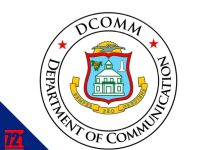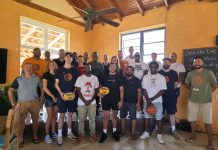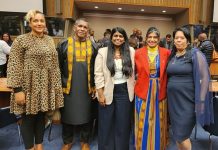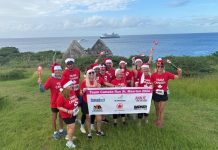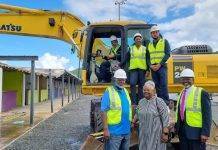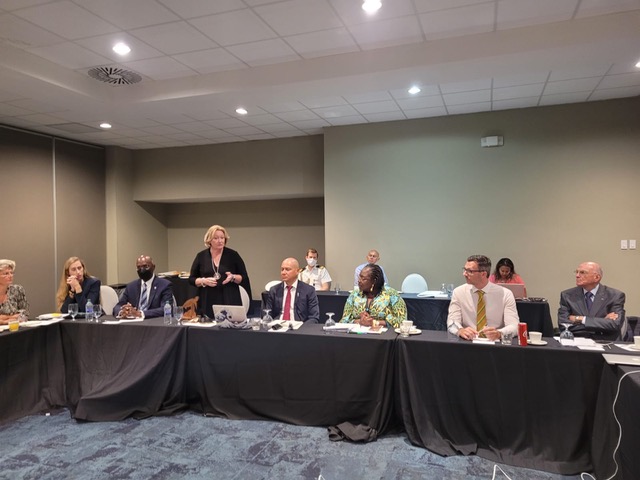
From cutting edge 3D models to innovative management techniques, 2022 poses to be an exciting year for St. Eustatius National Parks Foundation (STENAPA). STENAPA recently highlighted the successes and struggles of 2021 and gave a first look at the exciting new projects for the upcoming year in their presentation at the Dutch Caribbean Nature Alliance (DCNA) board meeting held on St. Maarten.
Successes
STENAPA has had a number of exciting success stories throughout last year. An updated nature ordinance is under review which will if passed enhance protection of trees, habitats and species as well as ensure a better protection of local fishing grounds. In addition, improvements in water catchment area management sets an important foundation for a reduction of sedimentation into the marine environment.
Challenges
2021 has also had its fair share of challenges. The continued influx of the invasive species green iguanas and the occurrence of Stony Coral Tissue Loss Disease (SCTLD) both raised environmental concerns for the island. Coupled with loss of vegetation from unsustainable and unregulated development and overgrazing by free roaming animals could threaten the overall biodiversity both above and below the waterline. An important step in properly managing these issues is to increase awareness as well as create a legal framework and insure effective enforcement of the island’s rules. However, simultaneously a development of areas such as the agriculture sector is also vital and necessary in tackling the issue with vegetation loss.
Focus for 2022
Looking forward to the new year, there are lots of exciting milestones on the horizon. STENAPA is looking to contribute to the passing of updated nature legislation for both the marine and terrestrial parks. In addition, implementation of the Nature and Environmental Policy Plan for the BES islands aims to improve overall monitoring, conservation, and restoration efforts for both species and habitats across the island.
Effective management will require improved survey techniques, data collection and overall enforcement. STENAPA now has the capacity to generate high resolution imagery. This capability will allow them to inspect, survey and analyze large areas of the island to a high degree of detail than was previously possible using satellite imagery.
Using 3D models and maps will then allow management authorities the ability to conduct surveys and perform analytics within the model itself. This is not only far more accurate than traditional methods, but also saves a lot of time and money in the long run. Some interesting implications could allow for more accurate road surveys, detection of changes in landscaping and vegetation biomass or improving overall understanding of waterflow over the island.
Working Together
The DCNA board meeting is an important opportunity for each of the Protected Area Management Organizations in the Dutch Caribbean- – the Aruba National Parks Foundation (FPNA), STINAPA Bonaire, Carmabi Curaçao , Saba Conservation Foundation (SCF), Nature Foundation St. Maarten (NFSXM), St. Eustatius National Parks (STENAPA) – to collaborate, share resources and exchange information and ideas. Working together, each island can learn from the others, maximizing their successes and learning from the more challenging experiences. Also attending the DCNA Board Meeting was St. Eustatius Island Commissioner Lady Francis who applauded STENAPA and the wider DCNA Network for their efforts in Nature Conservation.





